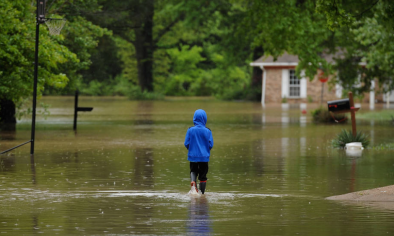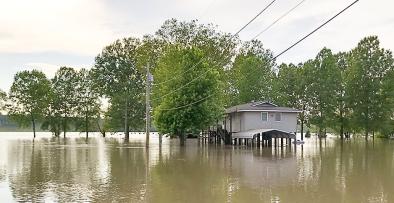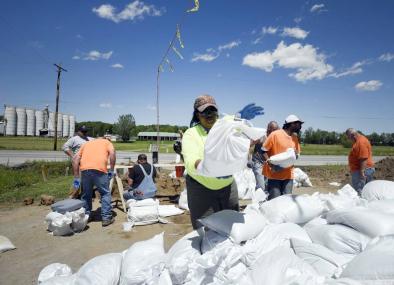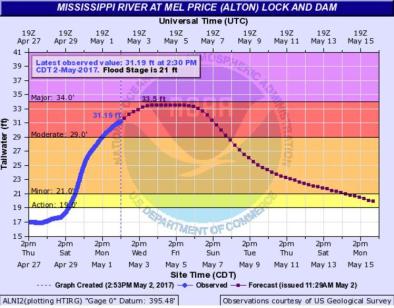Science Source
Transient response of severe thunderstorm forcing to elevated greenhouse gas concentrations
- Investigates the transient response of severe-thunderstorm forcing to the time-varying greenhouse gas concentrations associated with the A1B emissions scenario
- Uses a five-member ensemble of global climate model experiments, and finds a positive trend in such forcing within the United States, over the period 1950–2099
- Finds that the rate of increase varies by geographic region, depending on (i) low-level water vapor availability and transport, and (ii) the frequency of synoptic-scale cyclones during the warm season
- Results indicate that deceleration of the greenhouse gas emissions trajectory would likely result in slower increases in severe thunderstorm forcing
Related Content
Headline

May 17, 2017 | Inside Climate News
Extreme weather flooding the Midwest looks a lot like climate change
Headline

May 16, 2017 | E&E News
Trump country is flooding, and climate ideas are shifting
Headline

May 15, 2017 | Southeast Missourian
Red Star residents brace for floods; farm fields flooded in Alexander County
Headline

May 15, 2017 | WVIK
Cities Downstream Brace for Major Flooding


